Have you found or received an item that you think may be an antique? Perhaps you have a family heirloom that you want to know more about? Taking an object to be professionally appraised can take up valuable time and have unnecessary costs.
To avoid this, there are ways you can get your antiques identified for free. This article will help you discover how to do so as well as list the best and most trustworthy methods to use.
Free Identification Tips
So, how can you begin the journey of identifying your antiques? First of all, there are things you yourself can do to start the identification process.
Below, I will list eight ways you can identify antiques yourself at home with the help of suggestions by Old Crows Antiques.
Find the Original Manufacturer
When artifacts are made, there is usually a symbol or signature that depicts the maker of the item and where it was produced. For example, if you have a piece of furniture like a chest of drawers, the manufacturer will usually be stamped on a label and stuck to the item.
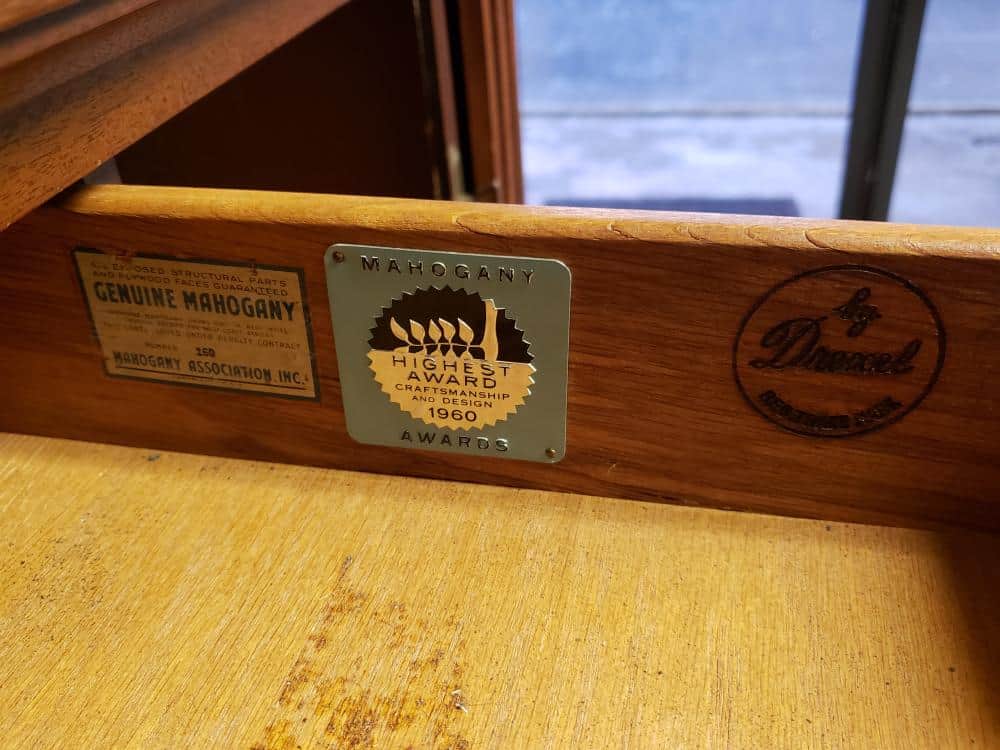
Sometimes, the original maker’s mark will be missing, and a second-hand seller such as an antique dealer may have their tag stuck in its place. If that is the case, contact the seller to see if they have any further information on the piece.
Look for Hallmarks
If you have a piece of jewellery that you think could be an antique, the value of the piece is not necessarily just in its age. Hallmarks can tell you whether the metal it is made of is genuine gold or sterling silver and what carat it is via the standard mark.
Older pieces of jewellery should feature four hallmarks as it was compulsory up until 1998 to have four hallmarks, after that it went down to three with the dropped one being optional.
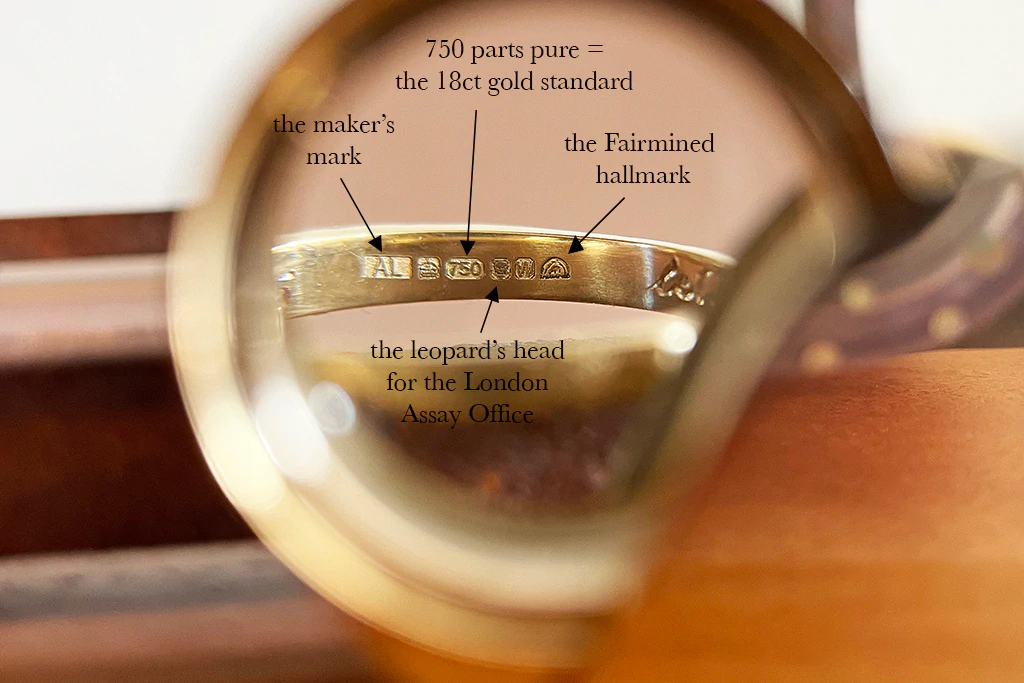
Check the Condition of the Item
The condition of the item is another tell-tale sign of whether or not it is classed as an antique. It is extremely rare to have an antique in perfect condition, so look for any signs of wear and tear.
Examples of this can include very obvious damage such as broken or missing handles on furniture or cracked cups in a tea set but can be as subtle as a few scratches on a watch face or faded paintwork on a set of dolls.
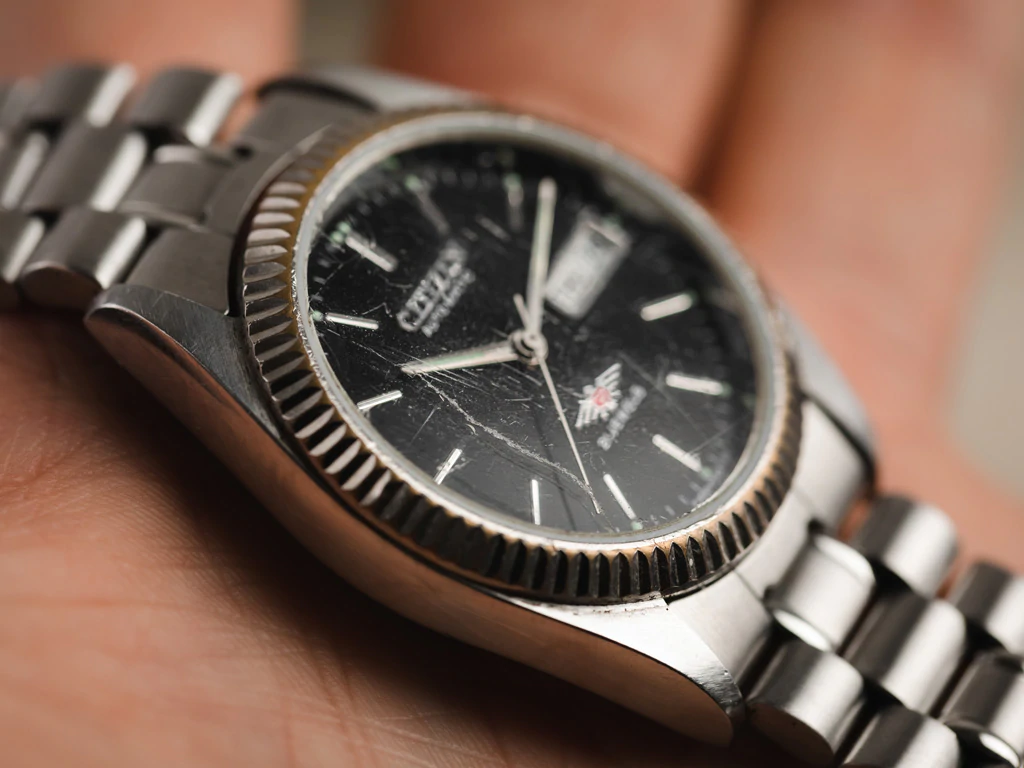
Reproduction or Antique?
In recent years, historical pieces have become more fashionable and modern manufacturers have begun to reproduce items in the style of different historical eras to sell to their customers.
You must determine the quality of the piece and manufacturer’s marks to deduce whether your item is one of the reproduced pieces or whether it is truly an item of that era. A YouTube video that gives guidance on the topic can be found here.
What Material is it Made From?
The material and quality of material the item is made of can be a huge clue into the origin of the piece. For example, older pans and kettles were made of cast iron.
During the manufacturing process before 1950, the pans would be polished so that the surface was reflective.
Any cast iron pans made after 1950 skipped the polishing step, so they will not be as shiny. Old pans are also thinner and slightly lighter than modern ones.
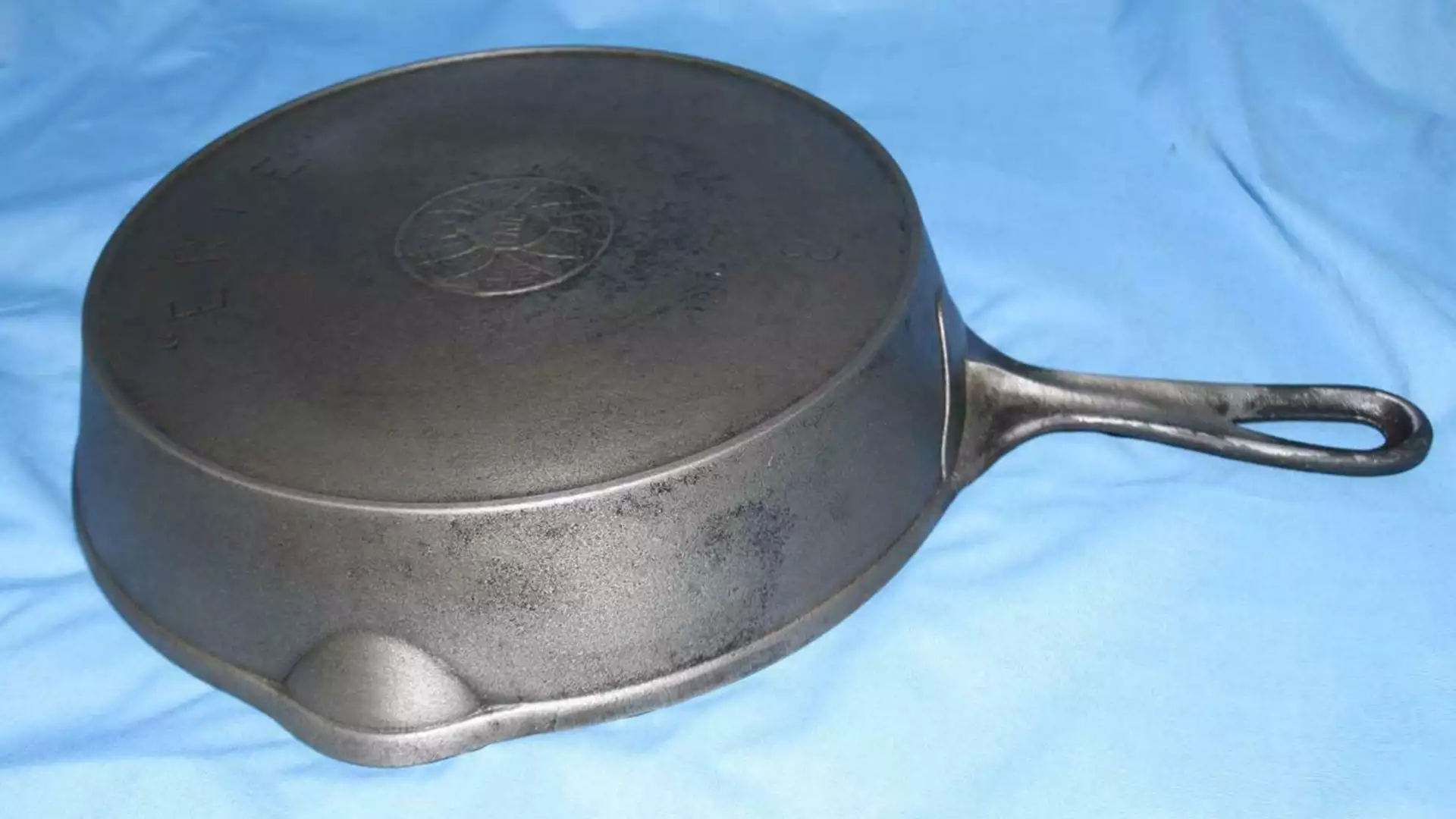
Is there a Signature or Serial Number?
Signatures and serial numbers give insight into who made the piece and when and where it was made. Watch out for forgeries, especially on the artwork, as signatures can easily be copied and reproduced for profit.
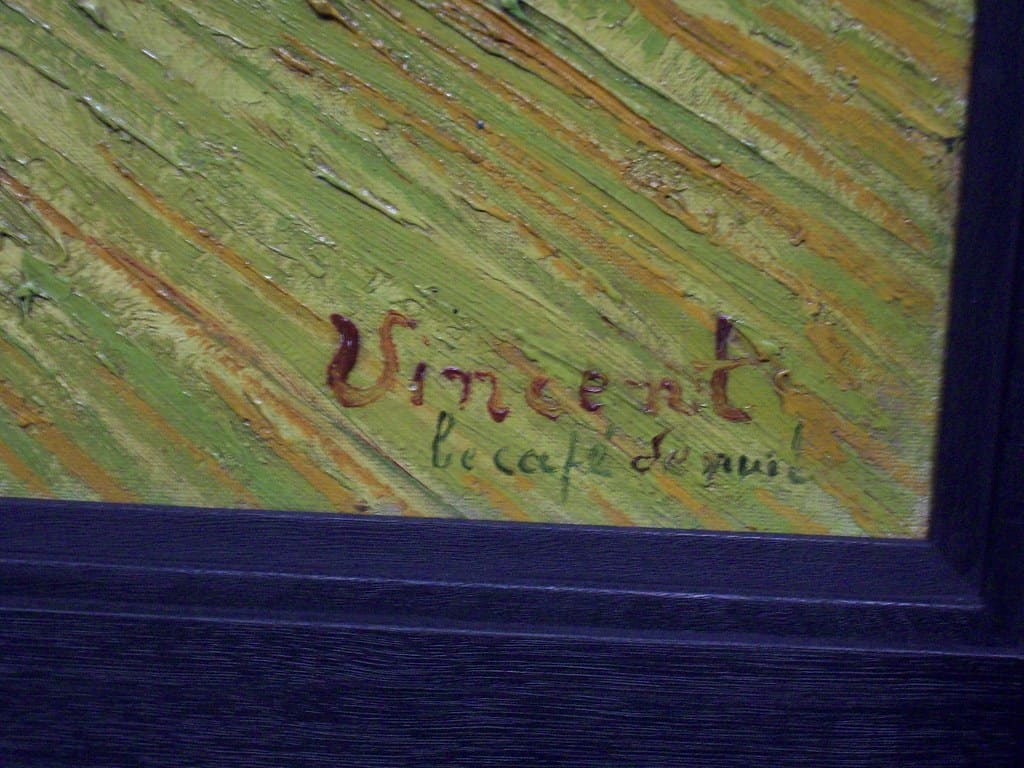
Serial numbers appear on items such as watches, and you can search a serial number database here.
Look for Signs of Restoration
Sometimes an antique is restored to its former glory with intricate repairs that make it seem new. However, these repairs aren’t perfect and can often be spotted with a keen eye. Look out for signs of restoration as it is indicative of a genuine antique.
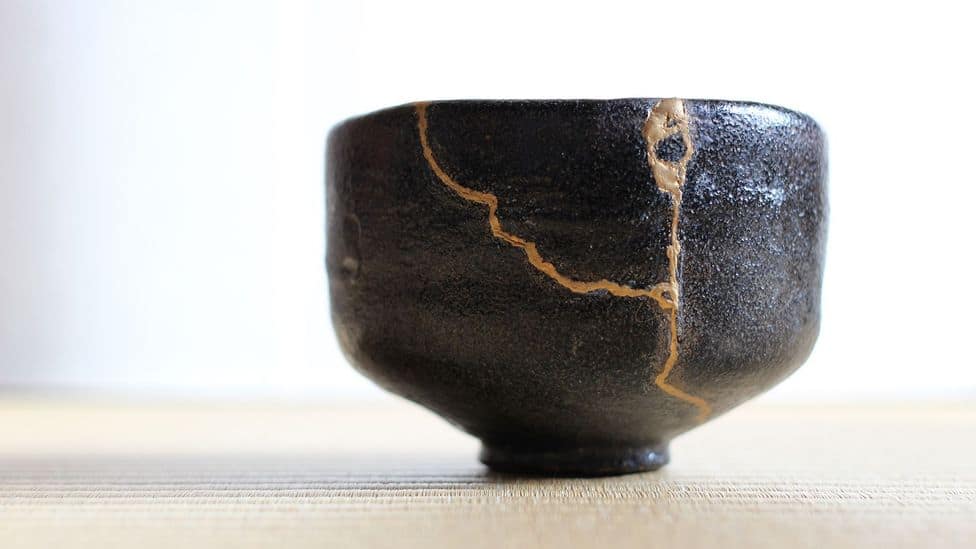
Unique Patterns
Sometimes in order to establish whether a piece is reproduced or genuine, you must look at the pattern on it. Some manufacturers had patterns that were unique to them and are easy to spot.
An example of this is on China tea sets such as the ones produced by Wedgewood, who were known for their nature-themed pieces such as this Florentine set.
Free Online Antique Appraisers
Once you have discovered everything you can from the list above, you can now begin the process of official antique identification and valuation through online antique appraisals.
The internet is a goldmine when you’re trying to research, but you must ensure that the websites you use are legitimate else you may receive incorrect information. You should also be wary of hidden costs.
Below are eight free antique appraisal sites, as per LoveToKnow and Heirlooms at Home.
InstAppraisal
InstAppraisal is a website that combines amateur and professional knowledge. Here, you can get a free online appraisal for how much your item could be worth. It is a forum where anyone can post a question, but equally, anyone can answer.
This means you cannot be certain that your post will definitely be answered by one of the site’s professional appraisers, and therefore any estimates given may be inaccurate.
Mr Expert
Mr Expert is a website that has a wide range of almost 30 categories of antiques to choose from. If your item falls under any of them, their team can conduct a free expert appraisal within 48 hours.
They can even organise the sale of your item through an auction house or dealer for the best price if you so desired it.
AntiqForum
AntiqForum is a unique appraisal website specialising in Meissen figurines and plates. If you suspect you have some genuine Meissen figurines, then you can email them with photos, and they’ll get back to you with their opinion.
Ensure you include enough information for them to appraise it properly. You can also use the site to look up various model numbers.
Gannon’s Antiques and Art
Gannon’s specialise in furniture, jewelry, estates, and Asian antiques. You can get a free appraisal for any items under those topics by sending them an email with pictures of the items attached or using their online service and filling out the form.
They are trustworthy as they sponsor the BBC show Antiques Roadshow and have many qualified appraisers that have a trained eye in spotting real vs reproduction items.
Be aware that some items such as large pieces of furniture may require an in-person appraisal.
Worthpoint
Worthpoint is different from the others as it is an online database where you research the item yourself using articles written by experts and data on the pricing of different antique artifacts.
It is a paid platform, but you can sign up for a free trial and use the time wisely to find out more about your item.
Country Living
Country Living Magazine has a website that features a free online appraisal tool. The tool is run by professional appraiser Helaine Fendelman who has over 30 years’ experience and can provide you with a detailed description of your item.
Once you submit photographs and information, you will have to wait to see if your item is chosen to be appraised. If not, there are many past appraisal reports on the site that you can browse to see if there are any items similar to yours.
Indian Territory
Indian Territory is a family-owned art gallery with a niche in Native American artifacts and artwork. Though they are based in California, you can send them pictures of your item via email or post, and they will conduct up to three appraisals for free.
ValueMyStuff Mobile App
Finally, there is an appraisal app that you can download to a mobile device called ValueMyStuff, available for iPhone/iOS and Android. They claim to be able to value items that fall into over 60 categories with a turnaround of 1-5 working days for your estimate.
Conclusion
To conclude, to get your antiques identified for free, you can:
- Look for identifying factors yourself such as maker’s marks, hallmarks, the condition of the piece, and the material it is made of.
- Once established, use the online appraisal website that appeals to you the most, considering the advantages and disadvantages of each one.
- Ensure that you get a qualified appraiser to look at your item and get proof of certification should you wish to involve insurance companies in the future.
- If you feel the estimate or information is inaccurate, try a different site to see whether there is any difference.
- Be aware of anyone giving you incorrect information about an item’s worth and the potential for hidden costs.
If you have any questions about anything in this article, please feel free to leave them in the comments.
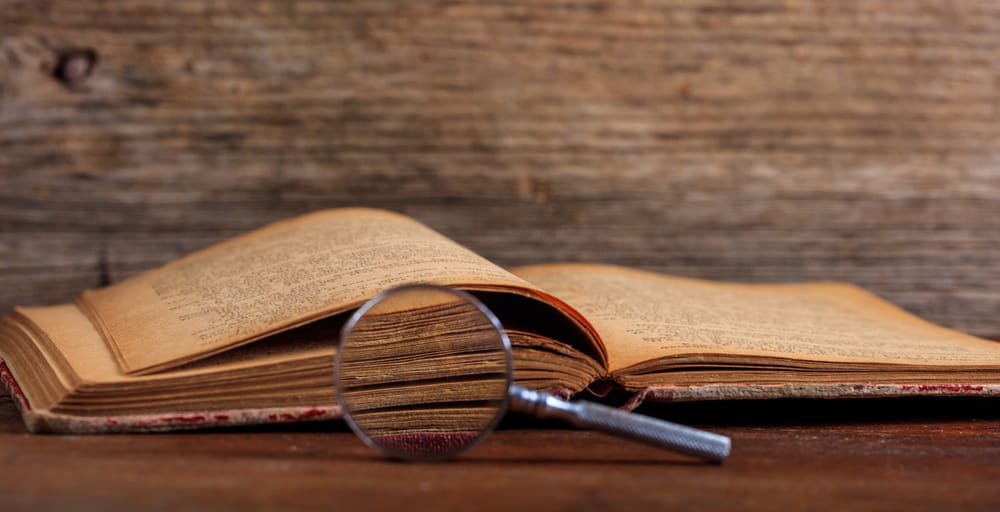
HELLO THIS IS A GREAT WEBSITE !!
THANKYOU VERY MUCH !!!! I HAVE A
18th CENTURY CHIPENDALE MAHOGANY GATELEG TABLE THAT I HAVE FOUND IN THIS SITE !! THANKYOU
I’m trying to personally identify my Glenwood wood burning range and heater. How would I locate the model number or serial number? Where would it be located?